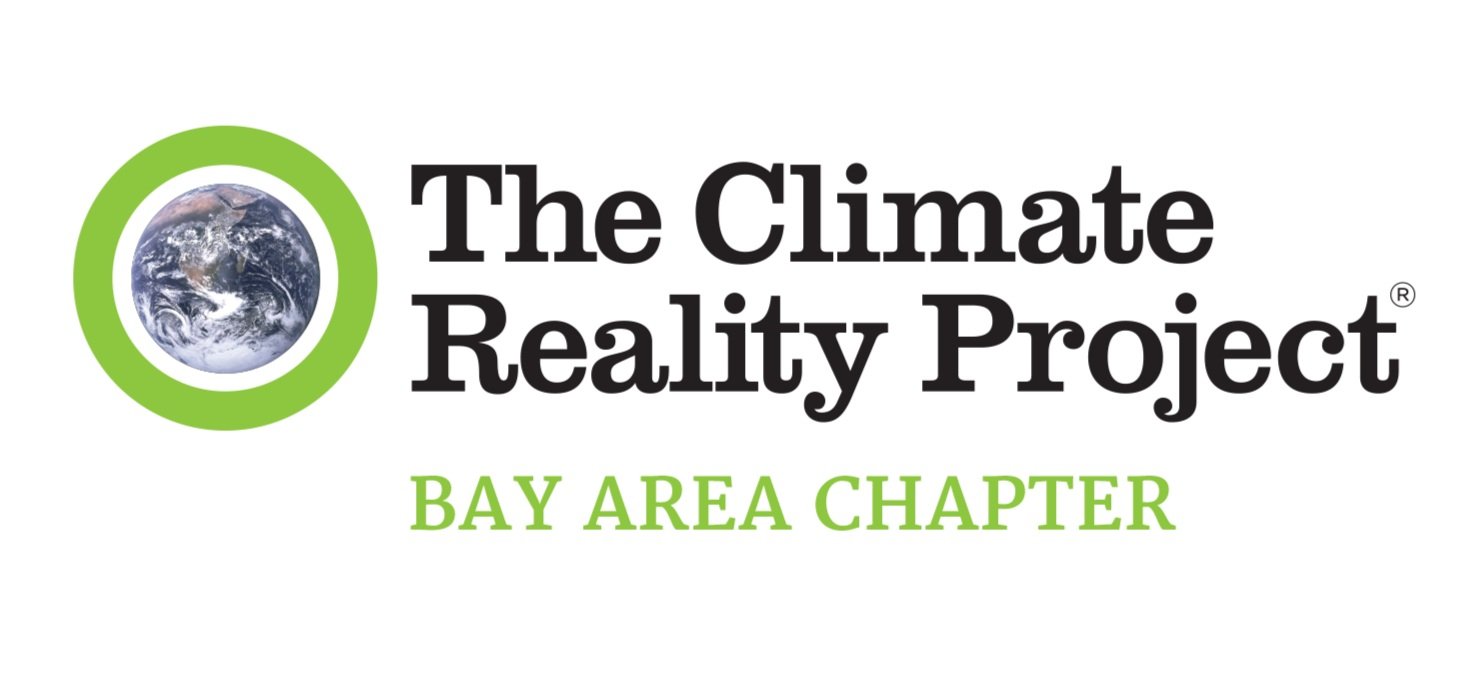A Small But Satisfying Climate Victory at the Golden Gate Bridge
Written by Dave Rhody, SF Policy Co-Chair, CRBA
Editor’s Note: What Dave Rhody is content to call a “small” victory will have a big and lasting impact, illustrating the difference one individual can make in the battle for clean energy. The author’s experience spotlights the power of disciplined, well-informed, and persistent advocacy. Share your thoughts with us at the end!
“After advocating in favor of a clean energy solution for nearly five years at Golden Gate Bridge (and Transportation) District meetings, I finally found some satisfaction at at the end of 2023.”
Many readers may not know this, but the same state agency that manages the iconic Golden Gate Bridge also operates a multi-county bus and ferry commuter network — the Golden Gate Bridge Highway and Transportation District.
In September 2019, nine of us — all members of the Bay Area Climate Reality Project — took over the public comment session at a GGB District Board Meeting. Our goal? To shine a light on all of their transit system’s emissions issues.
As we each took a turn to address the GGB District Board, we talked about the need for electric ferries and buses, the need to start building the infrastructure to charge them, and we condemned their insistence that biodiesel was a viable option for clean energy.
The following month, the 17-member board unanimously passed a Climate Emergency Resolution. Vowing at that juncture to keep their feet to the fire, I’ve spoken at every monthly board meeting since.
Unfortunately, while GGB District General Manager Denis Mulligan has regularly applauded my advocacy, he has been equally articulate with excuses for delaying electrification.
In my December 2023 speech to the Board, I took the gloves off.
I told them that I was exasperated by two recent news items:
The new Bay Area Ferry Service, operated by WETA (Water Emergency Transportation Authority), just announced that they’d received $117 million in federal, state and local grants to fund its Rapid Electric Emission-Free Ferry Program.
The GGB District, on the other hand, had just announced that the new ferry they’re building would be powered by a diesel/electric hybrid engine.
When I questioned this flawed clean energy plan at a board meeting a month earlier, Mr. Mulligan had defended it, saying, “Electric ferries are not fast enough to satisfy our commuters.”
I countered that “the bay has speed limits just like streets and highways.”
In fact, a couple of years earlier, with the help of an engineer, I had demonstrated before the Board that a 28-knot electric ferry traveling the popular Larkspur-to-San Francisco route would take just seven minutes longer than their 35-knot diesel catamaran.
At the December board meeting, I told Mr. Mulligan and the Golden Gate Bridge District Board that because the general public was likely to be unaware that the GGB District operates the largest ferry system in the state of California, but that, unlike the SF Bay Ferry service, they were not committed to emissions-free electric ferries, I would therefore make it my mission in 2024 to correct that public perception.
Mulligan made additional excuses at the end of the meeting, but three days later, I received an email from him with this brief statement:
“Thanks for your advocacy and suggestions. I am pleased to let you know that the District is hiring the designer of WETA's electric ferries to develop our ferry Zero Emission Transition Plan.”
While I wonder about Mulligan choosing to announce this in an email to me rather than in front of the Board, I’ll claim small victories where I can.
The next step will be to ensure the Board’s commitment to a timeline for achieving zero emissions, not just for their ferries but for their bus transit system as well.

